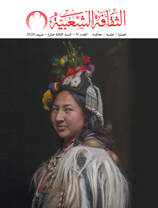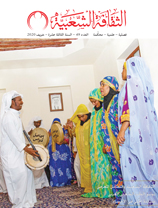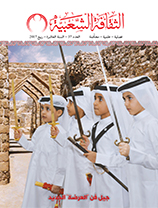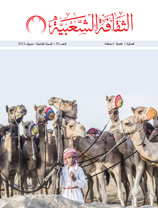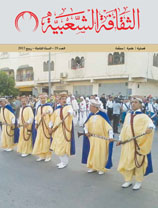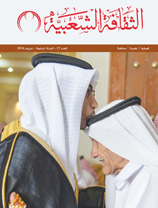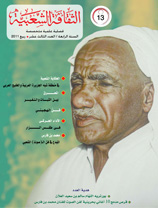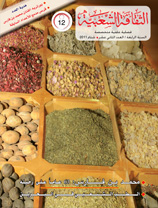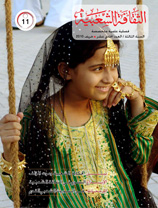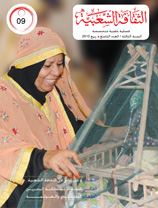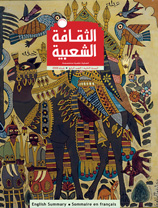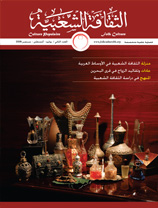An analytical study of the music of folk songs: Al Sout as an example
Issue 26

Musical discourse is based primarily on a set of symbols, signs, allusions, and other expressive forms. This discourse differs from one society to another based on culture, customs, traditions and other distinguishing elements. One must study the different types of folk song in order to arrive at a precise definition of the artistic identities of the societies that produce folk songs.
In this study, we have chosen to introduce an analytical approach using ‘Al Sout’, (one of the folk singing models common in parts of Tunisia). We have done this in an attempt to define the various artistic elements included in this type of song and to explore the characteristics of its musical style, which will give us insights into its cultural dimensions.
There are a number of questions about Al Sout. We attempt to find answers by examining ‘Aal Jannat Sout’, a style of singing associated with Tunisian folk music, particularly in Jibinyana area. Aal Jannat Sout has a particular form and content; I analysed this singing as part of my fieldwork for a Masters’ thesis on music and musical ethnology.
A folk song is defined as “the song that is sung by the people who comprehend it and pass it on to future generations; it is the song that stems from people’s feelings and expresses their hopes. It is not necessarily created by the people of a particular place but rather adopted and taken from the original anonymous creator to become a part of the people’s culture.”
The folk song is also considered a product of ancestral experiences and of ancestral interaction with the natural environment and historical conditions, so the folk song “was born of people expressing their thoughts, their concerns and their aspirations. It accompanies people throughout their lives and is present at their private and public celebrations, whether religious or secular.”
As a result of our study, we have concluded that folk songs are closely associated with all stages of human life, and we find them rich and diverse in style and purpose.
From our analytical study of Aal Jannat Sout, we conclude that this style represents a discourse that is based on a set of meanings produced by the society as the best means of expressing their feelings and emotions. It is distinguished by its form, and rich in its rhythmic and melodic structure.
Fatima Zikri
Tunisia
















